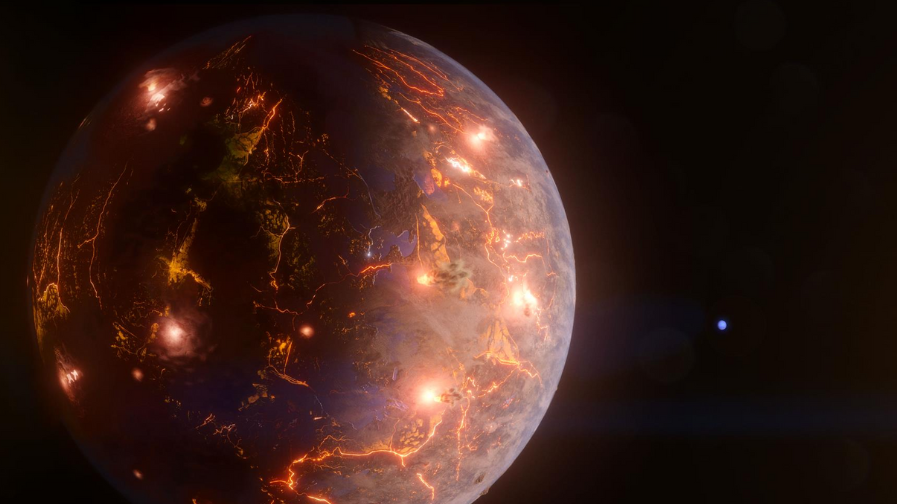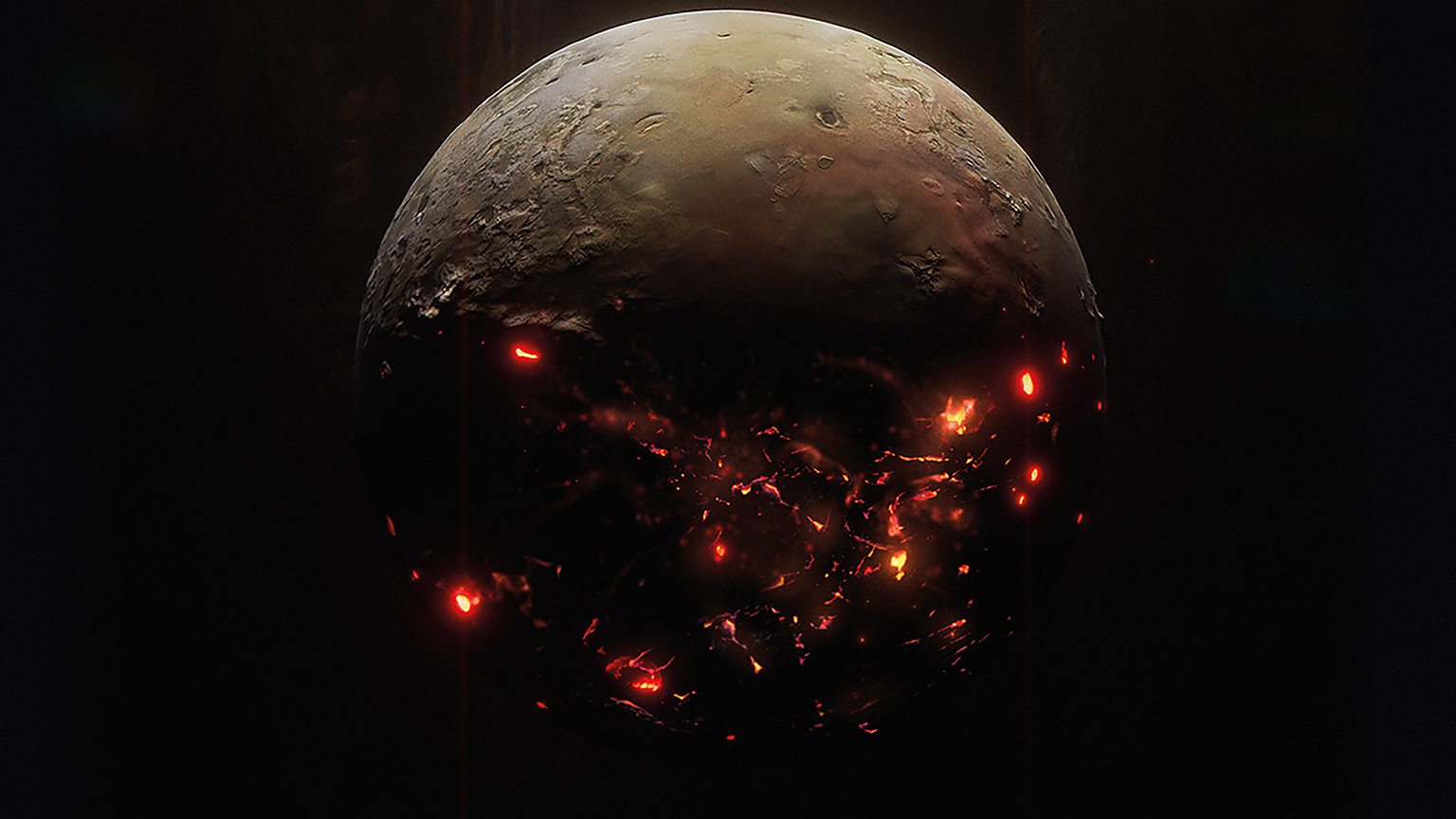Key Takeaways
- Canadian-led Discovery: Canadian astronomers discovered a new Earth-like exoplanet that may support volcanic activity.
- Potential for Life: The exoplanet, LP 791-18d, meets the conditions of a habitable zone, similar to Earth.
- Volcanic Surface: Strong gravitational forces from a nearby planet likely cause continuous volcanic eruptions.
- Unique Orbit and Climate: The planet is tidally locked, creating a permanent day side and a colder night side.
- Future Research Plans: Scientists anticipate studying LP 791-18d in more detail with the James Webb Space Telescope.
__________
New Earth-like planet discovered 90 light years away, potentially covered with active volcanoes.

Canadian astronomers have recently discovered a new Earth-sized exoplanet called LP 791-18d, located about 90 light-years away. Led by Björn Benneke, an astronomy professor at the University of Montreal, the team identified this unique planet using data from NASA’s Transiting Exoplanet Survey Satellite (TESS) and observations from the retired Spitzer Space Telescope. LP 791-18d caught researchers’ attention for its striking resemblance to Earth in size, temperature, and potential for life, particularly because of its volcanic activity.
Exoplanets are planets outside our solar system, and among the numerous ones identified over the years, Earth-like planets that might support life are rare. LP 791-18d falls within the “habitable zone” around its star, a region where temperatures allow for the possibility of liquid water on the surface. This discovery holds special significance, as astronomers aim to find planets with the right conditions for life. Benneke described the thrill of knowing about a potentially transformative discovery, expressing his excitement that “only my students and I were the only ones in the world that knew about this extra Earth.”
The new exoplanet orbits a dwarf star and, unlike Earth, remains tidally locked to its star. This means the same side of the planet always faces the star, resulting in a permanent day side while the opposite side remains in constant darkness. Scientists believe that this unique configuration could allow ice to form on the night side, possibly supporting water in certain conditions. Given the potential for liquid water and volcanic activity, LP 791-18d could help scientists better understand the characteristics necessary for a habitable planet.
Volcanic Activity and Future Exploration
One of the most intriguing features of LP 791-18d is its volcanic landscape, which researchers believe could be as active as that of Jupiter’s moon Io, the most volcanically active body in our solar system. This intense volcanic activity is likely driven by the gravitational pull of a neighboring planet, LP 791-18c, which is 2.5 times larger than Earth and located further from the star. As this larger planet passes by, it exerts gravitational forces on LP 791-18d, causing tidal heating. This process heats the interior of LP 791-18d, potentially resulting in an ocean of magma beneath its surface.
Volcanoes play an essential role in planetary ecosystems by bringing elements from the planet’s interior to its surface, potentially creating the chemical building blocks of life. Scientists are particularly interested in the volcanic activity on LP 791-18d for this reason. Dan Riskin, CTV’s Science and Technology Specialist, noted that volcanic activity could mean this planet has conditions necessary for life or pre-life chemical processes, fueling the excitement around this discovery.
Future plans include a more detailed investigation of LP 791-18d with the James Webb Space Telescope, the most advanced telescope in operation today. Researchers hope the telescope’s advanced imaging capabilities will allow them to observe the exoplanet’s atmosphere directly, providing further insights into its composition and potential habitability. Observing time has already been scheduled to study the atmosphere of LP 791-18c, which should reveal more about this fascinating system.
This discovery not only underscores Canada’s growing role in space exploration but also highlights the collaborative international efforts, involving TESS, Spitzer, and the Canadian contributions to the James Webb Space Telescope. As the search for habitable exoplanets continues, LP 791-18d represents a significant milestone, potentially offering new insights into the conditions required for life.





Хорошо,что экзопланеты находятся далеко от нас и мы туда никогда не доберёмся. Бог создал другие миры не для нас.
My brother suggested I might like this website He was totally right This post actually made my day You cannt imagine just how much time I had spent for this information Thanks
I do not even know how I ended up here but I thought this post was great I dont know who you are but definitely youre going to a famous blogger if you arent already Cheers